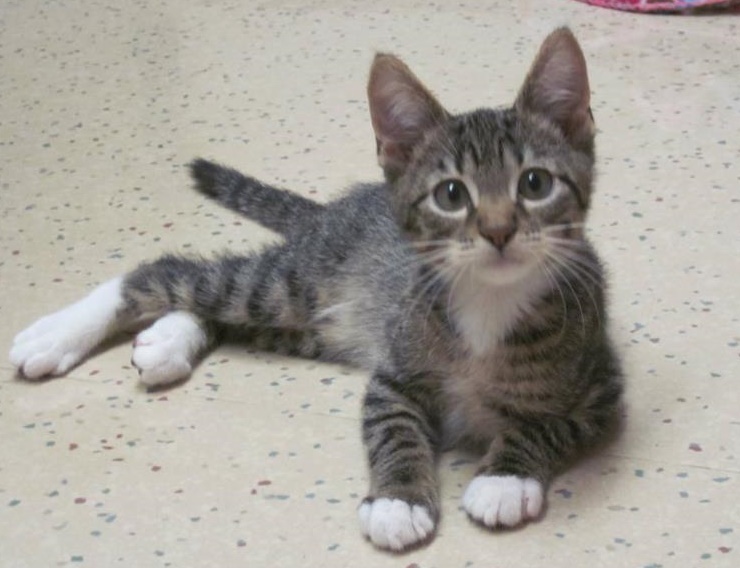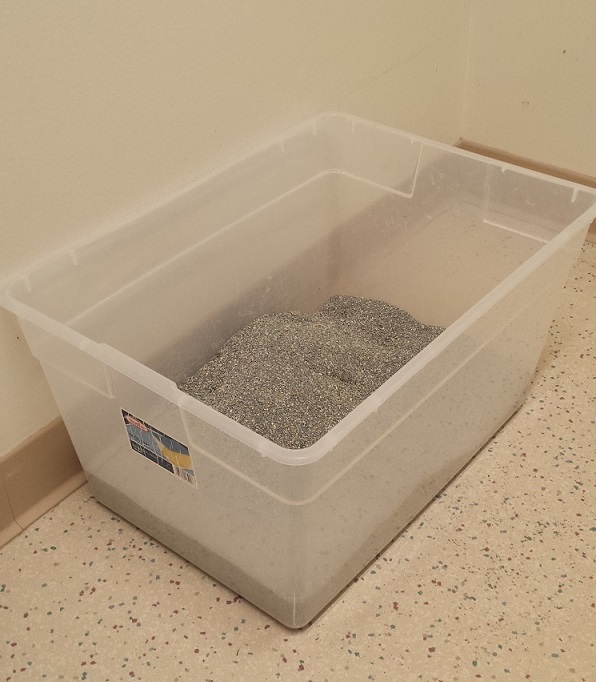Posts Tagged: cat litter box care
The Scoop on Litter Box Care
 Proper litter box care is an essential part of proper care for your feline friend. If your cat is eliminating outside of the litter box, this means there may have an underlying medical condition and you should take your feline to your veterinarian. If a medical condition is ruled out, there are many things you can do at home to make sure you have the right set up to ensure your cat will use the litter box.
Proper litter box care is an essential part of proper care for your feline friend. If your cat is eliminating outside of the litter box, this means there may have an underlying medical condition and you should take your feline to your veterinarian. If a medical condition is ruled out, there are many things you can do at home to make sure you have the right set up to ensure your cat will use the litter box.
How many litter boxes should I have?
The ideal number of litter boxes is one per cat, plus one. So if you have 2 cats, you should have three litter boxes. If you have 4 cats, you should have five litter boxes, and so on.
Where should I place my litter boxes?
Litter boxes should be placed in at least two different locations. If you have multiple levels in your home, consider placing a litter box on each level of the home. Locations should be private and have easy access. Avoid noisy appliances and doors that are opened frequently. Boxes should not be placed next to one another, as cats will only see this as one giant litter box.
What type of litter should I use?
Most cats prefer a fine-grained, unscented litter (e.g., clumping litter). Many cats prefer a litter depth of approximately 1.5 inches. Preference may vary by cat.
How often should I clean the litter box?
Boxes should be scooped 1-2 times daily. Litter should be completely changed once a week or more often if a multi-cat household. Wash litter box with warm, soapy water and dry well before adding new litter.

What kind of litter box should I buy?
Cats prefer litter boxes that are at least 1.5 times the length of their bodies. Commercial litter boxes are too small for larger cats! Sweater storage boxes, cement mixing tubs and small dog litter pans all make excellent cat litter boxes.
Are my cat’s potty habits normal?
The average cat urinates twice daily (+/- 2) and defecates once daily. Some will sniff and cover their eliminations; others don’t. Both are considered normal behavior.
Eliminating outside the box often signals an underlying medical condition. The earlier the problem is corrected, the better the chance for the cat to return to their litter box.
